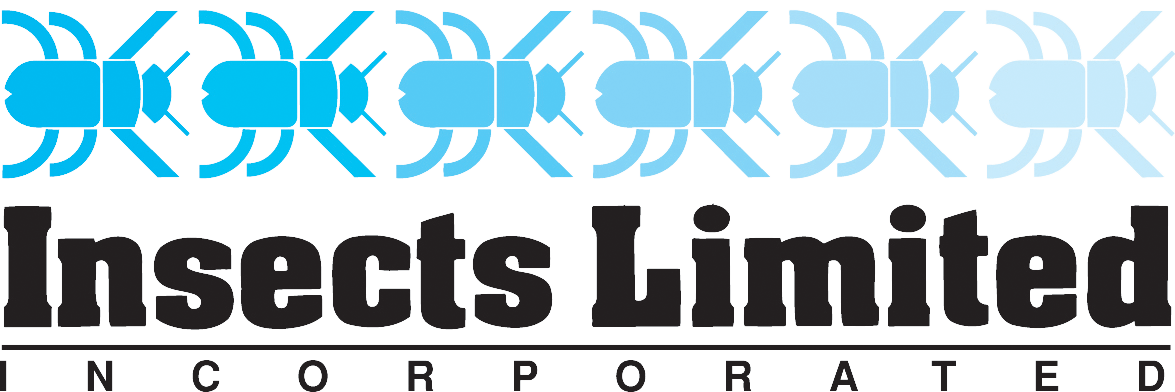Pest Management for Seed & Popcorn Industries
Purpose
To establish an on-going, year-round pest management program to reduce or eliminate any damage incurred by insects, rodents, or birds. This would include both physical damage to the seed and the defacing of the bags that contains these high cash value products.
History of the problems
The seed industry in the United States is rapidly advancing in the manipulation of the genetic structures of plants in order to create varieties that will grow better and produce more. However, with all of this modern technology, most seed companies are decades behind in the protection of their products from stored product insect pests and rodent after it has been harvested. It is easier and more economical to save a bag of seed than it is to grow a bag to replace it.
I. Monitoring and Inspection
A. Pheromone traps
Indian meal moth
Angoumois grain moth
Grain Probe in bulk bins
Record keeping
Replacement of traps and lures
B. Glue boards & Mechanical wind-up traps and Bait stations
C. Visual inspection
Insects
Rodents
Birds
II. Building Pests Out
A. Insects
B. Rodents
C. Birds
III. Non - Chemical Control
A. Cold Storage
50 degrees [F] with 50% Relative Humidity
Decreased insect activity
B. Lights- Low pressure sodium vapor lights attract insects the least
IV. Chemical Control of Bulk Seed Storage
A. Protectants- Corn, Wheat
In bins
Record keeping
B. Fumigation of bulk bins
1. Wheat
2. Corn
3. Soybeans & Canola, etc.
C. Empty Bin Fumigation
D. Perimeter Control
Weed Exclusion
Perimeter Spraying
Tempo
A. Where to spray
B. How to use
C. How often to spray
D. Spillage clean-up
E. Empty bin residual treatment
Tempo
Diatomaceous earth
V. Chemical Control in Seed Warehouse and Processing Areas
A. ULD Treatments (Ultra Low Dosage)
Pyrethrin BP-100 for moths, BP-300 for hard shelled beetle
Insect Growth Regulators
Choosing the right fogging equipment is important. Equipment producing 20 micron size droplets are ideal.
How often do you treat a warehouse ? When pheromone traps indicate the need.
Safety equipment to use - Respirator, Gloves, Long Sleeved Shirt, Head Protection
B. Fumigation with Aluminum Phosphide (Phostoxin)
Trained, certified, and experienced person
Safety equipment- SCBA, Gas Mask, Detection Equipment
Storage- Cool, Dry, Locked, Well Ventilated
Cold Temperature Fumigation (40° F to 50° F)
C. Magnesium phosphide
Degesch Fumi-Strip
Degesch Fumi-Cels<
Combination CO2 & Phosphine
VII. Rodent Control Program
A. Indoors
Bait Stations- Least desirable because rodents have seed as their established food source.
Wind -up traps are the most desirable
One time cost
Dependable catch
Up to 15-18 catches
Glue boards
Rodenticide
Grain based
Liquid Bait
Tracking Powder
Restricted use Pesticide
Safety- Least Desirable due to airborne particle concern
Store seed 18 inches away from the wall
Store empty pallets outside on a concrete slab
B. Outdoor, Perimeter Control
Weed abatement
Bait Station
Prevent standing water
